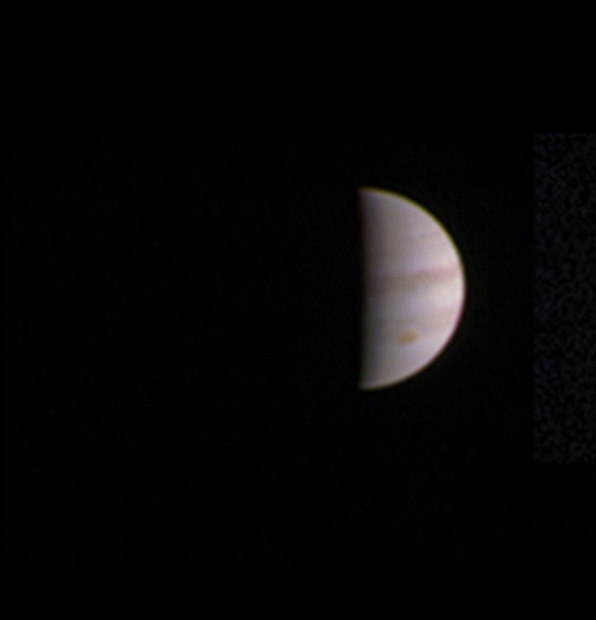Juno spacecraft gets first close-up look at Jupiter
Juno, the spacecraft on a mission to Jupiter, has made an unprecedented close approach to the giant gas planet. Mission controllers at NASA said the robotic explorer had all its nine scientific instruments activated when it flew 2,500 miles above Jupiter’s swirling cloud tops at around 130,000mph. The explorer reached its closest point to the planet earlier this morning. It is hoped the explorer will capture some stunning images from JunoCam, the probe’s panoramic color camera, and a wealth of scientific data from today’s approach. They should include the first detailed pictures of Jupiter’s north and south poles, but it will take some days for the images and information gathered by Juno to be downloaded on Earth.
his is our first opportunity to really take a close-up look at the king of our solar system and begin to figure out how he works.
Principal investigator Dr Scott Bolton, of the Southwest Research Institute in San Antonio, Texas, US
Juno’s mission includes measuring Jupiter’s water content, mapping its magnetic fields and searching for signs of a solid core. With more than twice the mass of all its sibling planets combined, Jupiter is believed to hold a key piece to the puzzle of how the planets formed some 4.65 billion years ago from the gas and dust left over after the birth of the sun. Juno is part of Nasa’s New Frontiers program of robotic space missions which last year saw the New Horizons craft obtain close-up views of dwarf planet Pluto. In total, 35 more close flybys are planned during Juno’s primary mission, scheduled to end in February 2018. No previous spacecraft has flown so near to Jupiter before.

juno